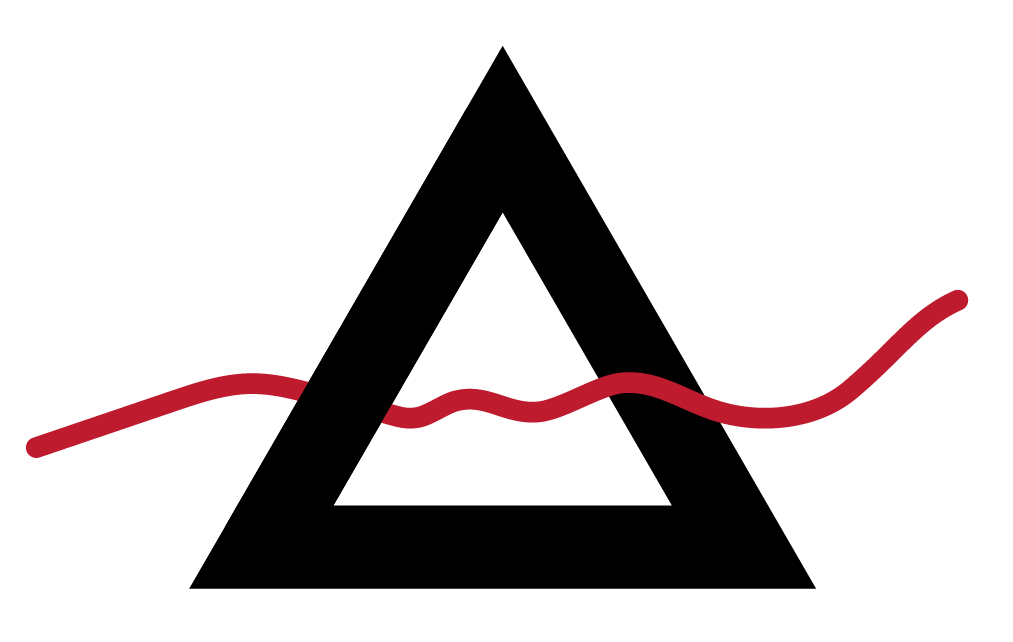Frequently Asked Questions about Lydiard Training
Isn’t Lydiard training all long slow distance?
No! Lydiard training incorporates all paces sequentially, starting from your easy relaxed aerobic runs and progressing to your fastest possible speeds. Since the biggest performance indicator from a mile up is your endurance, make sure you learn to run easy and for a duration before you practice running fast.
I work and can’t possibly run 100 miles and 7 days a week?
No worthwhile training system would mandate a one-size fits all approach. Designing an effective training plan means pitching the paces and sessions durations for where you are at. The Lydiard pyramid is easily adapted to the number of days you wish to train, and to accommodate the amount of time you wish to spend training. No matter what volume you can dedicate to training use the Lydiard structure to get the most out of it.
Can I do more than the schedule says?
If after four weeks, you start to feel antsy and would like to do more, we recommend adding another day to the weekly schedule by repeating the easiest workout day on one of your rest days. Make sure, however, that you space your runs so that you FOLLOW YOUR INCREASED WORKOUT DAY WITH A REST DAY. The golden rule is: take as much recovery as needed to get the full benefit from your last workout. IT IS ALWAYS BETTER TO DO LESS MORE OFTEN, than do too much at once. Avoid being a weekend warrior and overloading the body in one session. Let your pace come naturally.
Can I add cross-training on my recovery days?
It is okay to substitute these easy extra days with other forms of cross-training. However, if improving your running is the goal, it is advisable to run rather than to do cross-training. Running is unique in that you are pushing your entire body weight off the ground against gravity; unlike cycling or swimming where your body weight is supported. Not that these other activities are not good, but there are certain adaptations that you may not be able to achieve by doing other substitute activities. The truth of the fact is, you will recover more quickly if you include an extra easy day or two of running during the week.
I’m not ready for Stage II… Can I repeat stage I?
Absolutely! If at any stage you feel like the schedule is pushing you along too quickly, DO NOT hesitate to repeat the previous week. There is not time limit on this program. Many beginners may benefit by repeating each week twice, making this a 2-month program. There is no shame in progressing slowly. You may take twice as long to get to the same fitness level as somebody else, but you WILL eventually get there safely. If you force it, you will end up delaying your own progress by getting discouraged or injured. Stay the course at your own pace. Do whatever it takes for you.
Should I use a Heart-Rate Monitor?
Heart−rate monitors are a useful feedback tool for beginners, especially for those runners who tend to do too much, too fast. By all means use your monitor, but treat it as you would training wheels on a bicycle: use it until you become proficient at reading your own body signals. The long-term success of your training program depends on your ability to be able to tune in to your physiology and gauge your effort so that it is exactly right for you.
How hard should I run to improve my fitness?
For the time being, take the word “hard” out of your vocabulary. The goal of the Lydiard™ Program is to get you started and to establish a fun, healthy routine. The “no pain, no gain” mentality has derailed more beginners than anything else. Go easy and your body will naturally improve by the mere fact that you are moving. First and foremost, it is important to learn to run the distance continuously and comfortably without strain. Although it may not be immediately evident, many physiological changes are happening after just your first run. The cardiovasular system develops much more quickly than your muscular system. While you may feel you are capable of running faster, the muscles, and particularly the joints and ligaments (which have lesser blood supply), need time to strengthen. This program develops your entire body at a rate that minimizes the risk of injury, and sets you up to progress to faster paces for many years of enjoyable running and racing.
I feel great when I start out my run,
but quickly fizzle. What should I do?
“Slow down you move too fast.” Practice starting out slowly. When you go from the warmup/walk to the run, do so gently. The secret to endurance is to go slowly at the beginning. Even if you feel that you can go faster, don’t.
What can I expect as I progress?
As you get fitter, you should see the following: 1. You will be running further within the same duration of running time, 2. You will be coming to the same turn−around point in less time, or 3. You are reaching the turn−around point in the same time with a lower pulse-rate 4. You will be running faster (1 and 2) with the same pulse So as you perform this simple test, you should look for these signs. If you don’t see any of them; particularly if your pulse rate is elevated, it indicates that you are actually over−working − or trying too hard to meet the goal. Back off and take it easy. LET THE PACE COME TO YOU! You cannot, and should not, squeeze it out of yourself.

